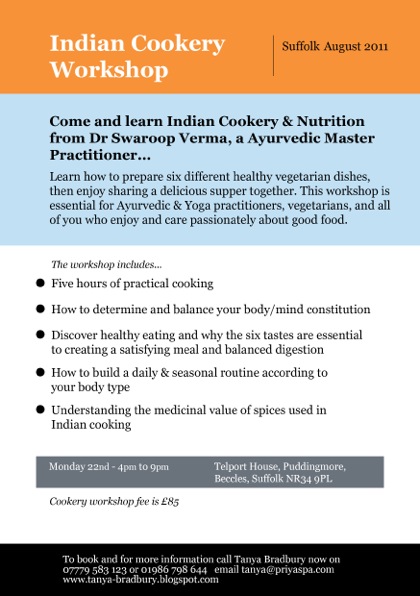Blackthorn was originally a native of central Europe. Thanks to its hardiness it has become widespread and is now found from southern Sweden to the Urals, and in the moderate zones of Southwest Asia, North Africa and North America.
Medicinally blackthorn has astringent, mildly diuretic and laxative and anti-inflammatory action. An infusion made from the dried flowers is used for blood cleansing in skin diseases and rheumatic complaints and as a gargle for mild inflammation of the mouth and throat. A compote or jam made from the berries combats poor appetite. In folk medicine there are some fantastic sounding customs: in the Tyrol a sloe is tied to the left side of the chest as a remedy against jaundice. In many regions there is a custom of eating three flower stalks of the blackthorn bush three times in succession. This is said to provide protection against fever and gout.
The ancient Teutons already knew about the protective action of the blackthorn: together with hawthorn it was used for the first garden hedges which protected apple trees and herbs from game-damage. Incidentally, the Indogermanic word "gher" (= to catch) developed into the word "ghortos" which means literally "fenced in, enclosed". It was thus the fence that gave the garden its name, the woven fence or the protecting hedge enclosing a piece of land along the wall of a house.
Blackthorn was important for humans in very early times. Archeologists have found fruit stones at the sites of Neolithic pile villages. The Arabs, Greeks and Romans and people in the Middle Ages used the flowers and fruits as medicines and food. Asclepiades and Andromachus, for example, praised a thickened fruit juice from sloes as an effective remedy for dysentery. The tough wood of the undemanding blackthorn was also formerly used in agriculture. The bark provided blackthorn ink, the fruits a red and the bark a brownish dye for wool and linen.
Today the fruits of the blackthorn are still used to brew warming drinks for harsh winter evenings: sloe wine and sloe gin make you feel cozy indoors while the snow rages outside. But syrups, jellies and jams are also a vitamin-rich delicacy.
 Early in the spring, even before the young shoots and leaves begin to sprout, the blackthorn envelops itself in a radiant white mass of blossoms. But it is not until late in the year, when the first frosts herald the coming of winter, that the fruits ripen and become sweet. Thus, the blackthorn only hesitantly divulges its vital powers, keeps them in a certain inwardness. The flowers which have gone through the winter help the human organism to overcome the winter and to adapt its metabolism to the spring. The vitality-bearing fruits provide strength in states of exhaustion.
Early in the spring, even before the young shoots and leaves begin to sprout, the blackthorn envelops itself in a radiant white mass of blossoms. But it is not until late in the year, when the first frosts herald the coming of winter, that the fruits ripen and become sweet. Thus, the blackthorn only hesitantly divulges its vital powers, keeps them in a certain inwardness. The flowers which have gone through the winter help the human organism to overcome the winter and to adapt its metabolism to the spring. The vitality-bearing fruits provide strength in states of exhaustion.










